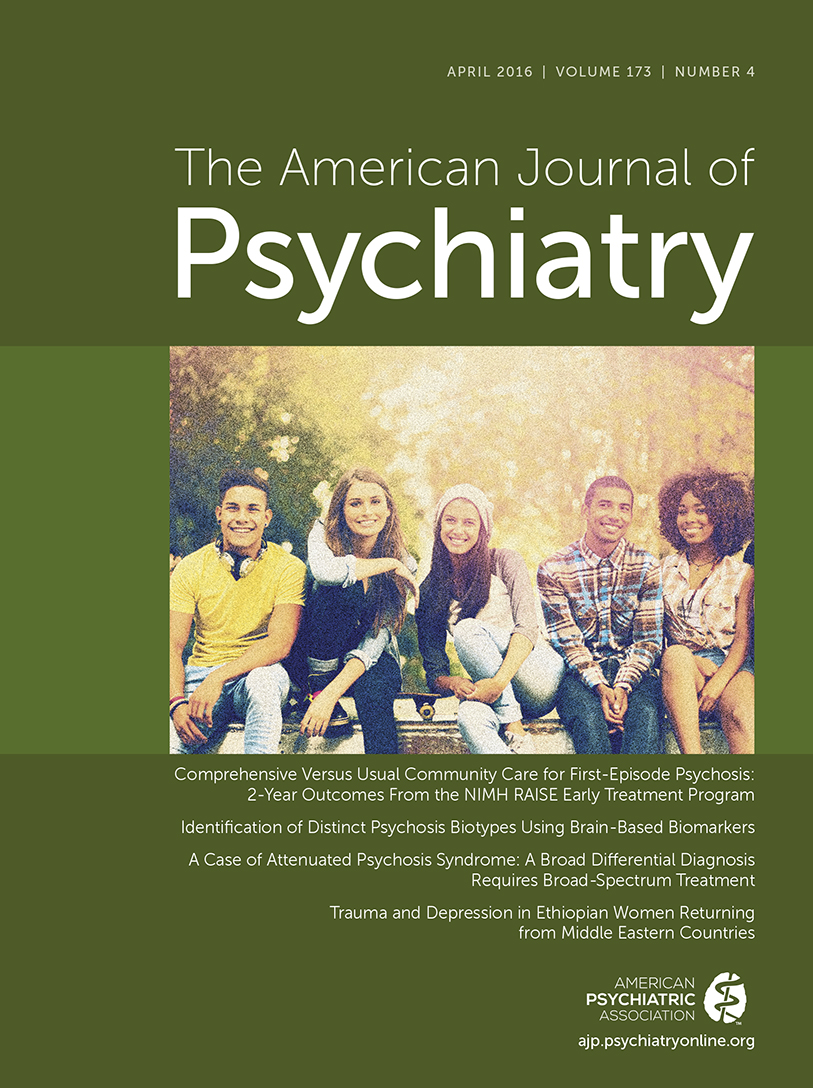Lurasidone for the Treatment of Major Depressive Disorder With Mixed Features: A Randomized, Double-Blind, Placebo-Controlled Study
Abstract
Objective:
Accumulating evidence indicates that manic symptoms below the threshold for hypomania (mixed features) are common in individuals with major depressive disorder. This form of depression is often severe and is associated with an increased risk for recurrence, suicide attempts, substance abuse, and functional disability. This study evaluated the efficacy and safety of lurasidone in major depressive disorder with mixed features.
Methods:
Patients meeting DSM-IV-TR criteria for major depressive disorder who presented with two or three protocol-defined manic symptoms were randomly assigned to 6 weeks of double-blind treatment with either lurasidone at 20–60 mg/day (N=109) or placebo (N=100). Changes from baseline in Montgomery-Åsberg Depression Rating Scale score (MADRS; primary outcome measure) and Clinical Global Impressions severity subscale score (CGI-S; key secondary outcome measure) were evaluated using a mixed model for repeated-measures analysis.
Results:
Lurasidone significantly improved depressive symptoms and overall illness severity, assessed by least squares mean change at week 6 in the MADRS and CGI-S scores: −20.5 compared with −13.0 (effect size, 0.80) and −1.8 compared with −1.2 (effect size, 0.60), respectively. Significant improvement in manic symptoms, assessed by the Young Mania Rating Scale, was also observed, in addition to other secondary efficacy endpoints. Rates of discontinuation due to adverse events were low. The most common adverse events were nausea (6.4% and 2.0% in the lurasidone and placebo groups, respectively) and somnolence (5.5% and 1.0%).
Conclusions:
Lurasidone was effective and well tolerated in this study involving patients with major depressive disorder associated with subthreshold hypomanic symptoms (mixed features).



